So at this point the MSP430 Sensor nodes are coming along quite well. This week I built and shipped off 10 units to other members of the 43oh.com forum. The first revision of the analog_io_lib was also released and other people are starting to play around with it.
Back in April I released this ESP8266 Mini Dev Kit on Tindie, it is intended to be a ultra compact and convenient way to develop for ESP8266 (pics below).
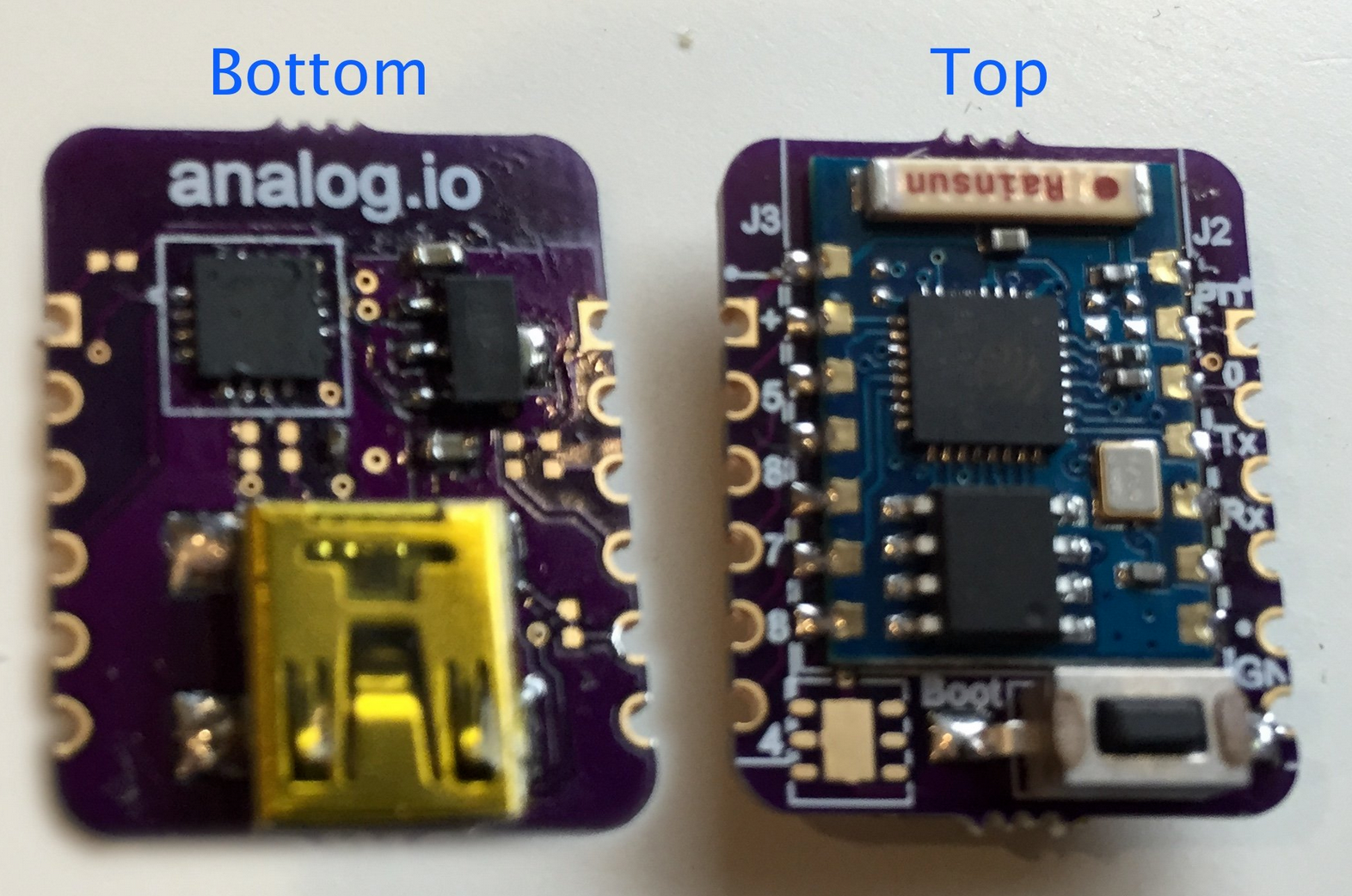
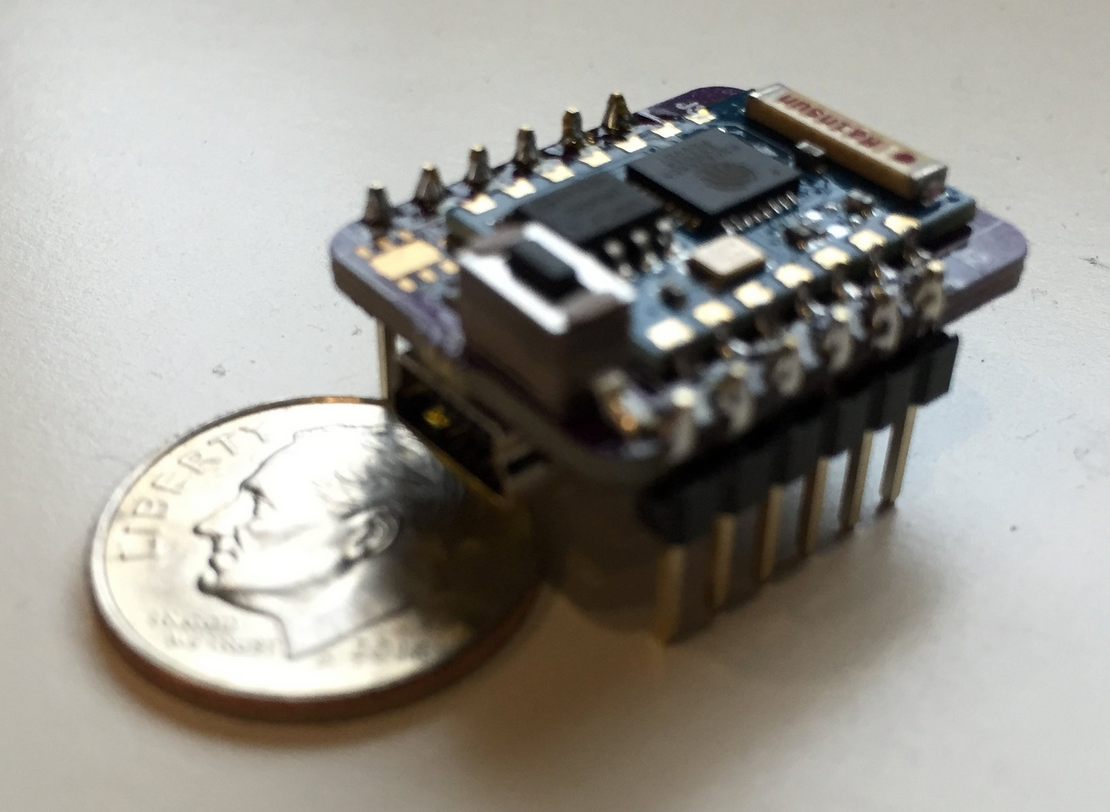
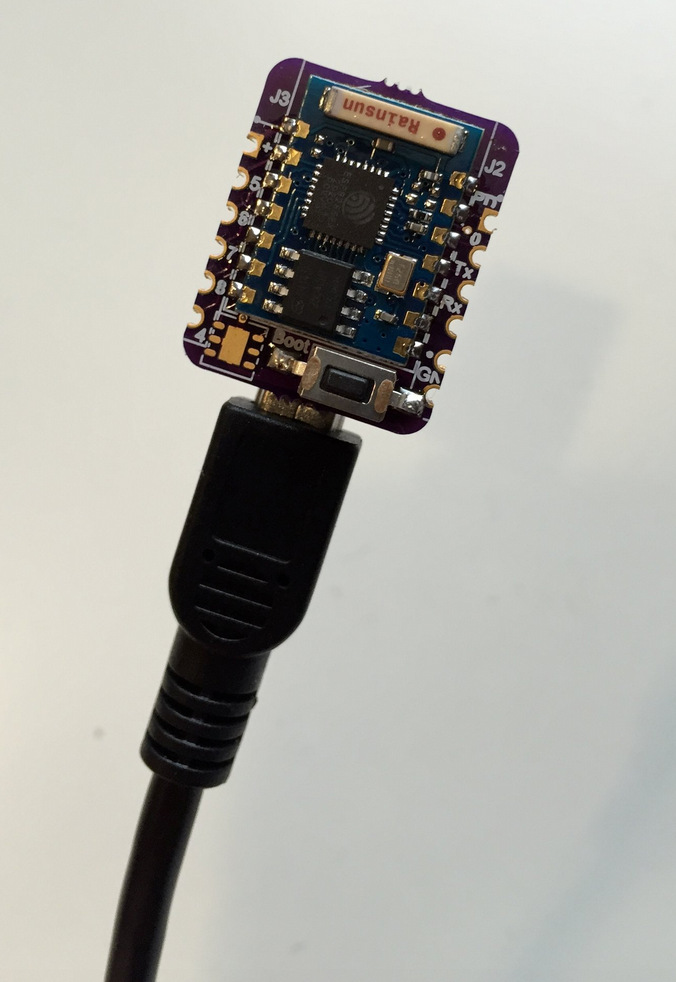
At that time I was doing development with NodeMCU which is also a great environment! I was looking for a lower cost alternative to Electric Imp and something that was easier to deploy with customers. One thing that I came to realize with NodeMCU was that it wasn't the most reliable thing, it tended to run out of heap space very often when doing simple WiFi transactions. I determined then that if I was going to do a product, that I would need to program directly in C/C++.
After reading about it setting up a ESP8266 dev environment for awhile, I realized that it was going to be a lot of fiddling around. I really don't enjoy setting up toolchains, especially when there are such low friction alternatives like Arduino, Energia, Simplicity Studio, etc, etc. So I started working on something else instead...
Fast forward to August and there is now this beautiful Arduino port for ESP8266! Last night I took a chance to sit down a explore. Very quickly I was able to solder up a nRF24 module to the dev kit:
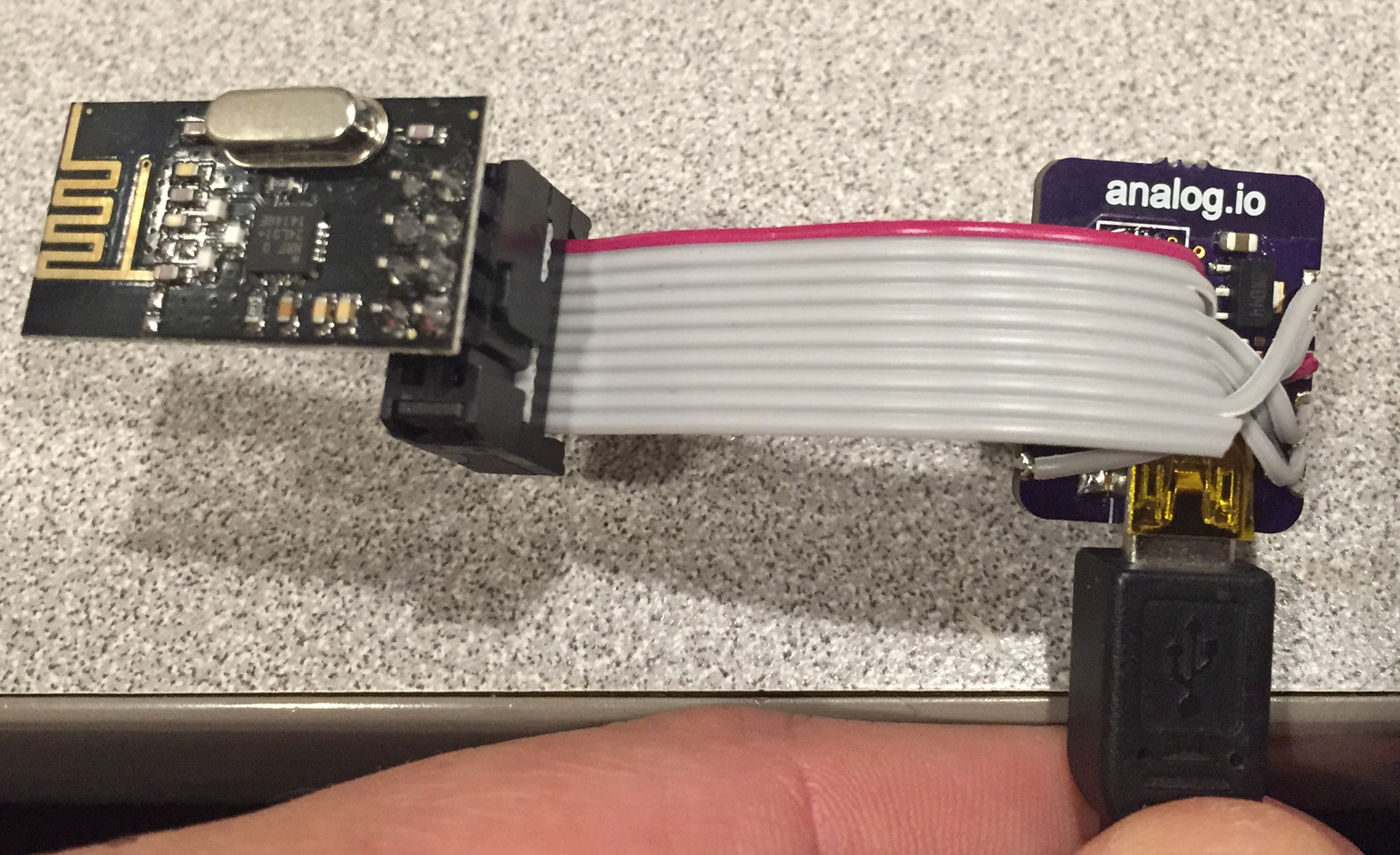
Merging some of the demo code from the ESP8266WiFi lib and my own, I was able to quickly merge this demo where the ESP8266 talks directly to nRF24 via SPI, takes packets received from the a MSP430 sensor node and pushes them directly to data.sparkfun.com!
Very cool, heres my code:
/*
* This sketch sends data via HTTP GET requests to data.sparkfun.com service.
*
* You need to get streamId and privateKey at data.sparkfun.com and paste them
* below. Or just customize this script to talk to other HTTP servers.
*
*/
#include <analog_io.h>
#include <SPI.h>
#include <ESP8266WiFi.h>
const char* ssid = "...";
const char* password = "...";
const char* host = "data.sparkfun.com";
const char* streamId = "VGQ7n2Ww2Mhx5NNnVooE";
const char* privateKey = "...................................................";
analog_io radio(2, 15, 18); // CE, CSN, IRQ pins
const uint8_t rxaddr[] = { 0xDE, 0xAD, 0xBE, 0xEF, 0x01 };
char inbuf[33];
void setup() {
Serial.begin(115200);
delay(10);
SPI.begin();
SPI.setDataMode(SPI_MODE0);
SPI.setBitOrder(MSBFIRST);
// We start by connecting to a WiFi network
Serial.println();
Serial.println();
Serial.print("Connecting to ");
Serial.println(ssid);
WiFi.begin(ssid, password);
while (WiFi.status() != WL_CONNECTED) {
delay(500);
Serial.print(".");
}
Serial.println("");
Serial.println("WiFi connected");
Serial.println("IP address: ");
Serial.println(WiFi.localIP());
radio.begin(); // Defaults 1Mbps, channel 0, max TX power
radio.setRXaddress((void*)rxaddr);
radio.enableRX(); // Start listening
}
int value = 0;
void loop() {
while (!radio.available(true))
{
delay(10);
}
if (radio.read(inbuf)) {
Serial.print("Received packet: ");
Serial.println(inbuf);
}
Serial.print("connecting to ");
Serial.println(host);
// Use WiFiClient class to create TCP connections
WiFiClient client;
const int httpPort = 80;
if (!client.connect(host, httpPort)) {
Serial.println("connection failed");
return;
}
// We now create a URI for the request
String url = "/input/";
url += streamId;
url += "?private_key=";
url += privateKey;
url += "&value=";
url += inbuf;
Serial.print("Requesting URL: ");
Serial.println(url);
// This will send the request to the server
client.print(String("GET ") + url + " HTTP/1.1\r\n" +
"Host: " + host + "\r\n" +
"Connection: close\r\n\r\n");
delay(10);
// Read all the lines of the reply from server and print them to Serial
while(client.available()){
String line = client.readStringUntil('\r');
Serial.print(line);
}
Serial.println();
Serial.println("closing connection");
}
Lots more of code to write here but this is extremely promising towards creating a super low cost IoT hub and bridging the sensor nodes to the analog.io web service! I even started a new board for it (work in progress).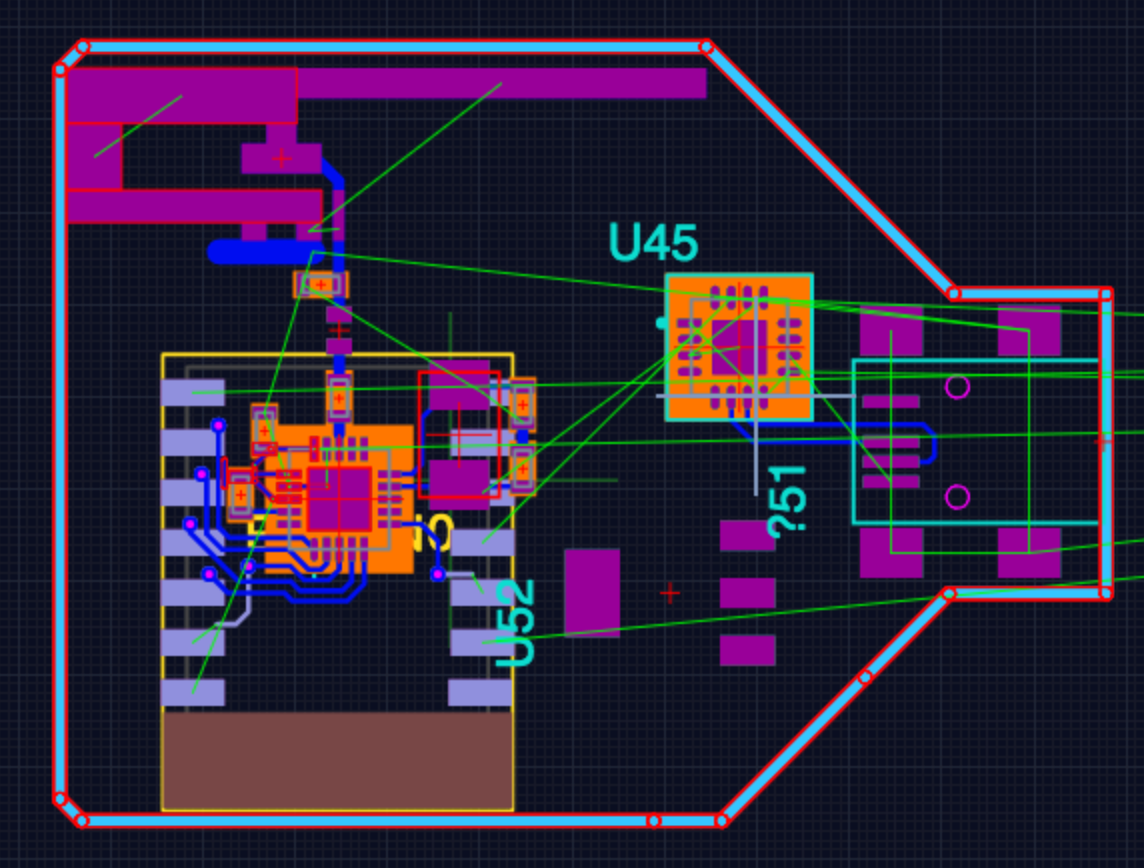
 Luke Beno
Luke Beno
Discussions
Become a Hackaday.io Member
Create an account to leave a comment. Already have an account? Log In.
very amazing to know that you did make the esp8266 talk to the nrf24l01.
but I have a question I have done all what you posted here and nothing happened on my esp can give me a little bit of advice.
thanks.
Are you sure? yes | no
Great looking forward to try that as well :)
Are you sure? yes | no
Looks fun!
Are you sure? yes | no